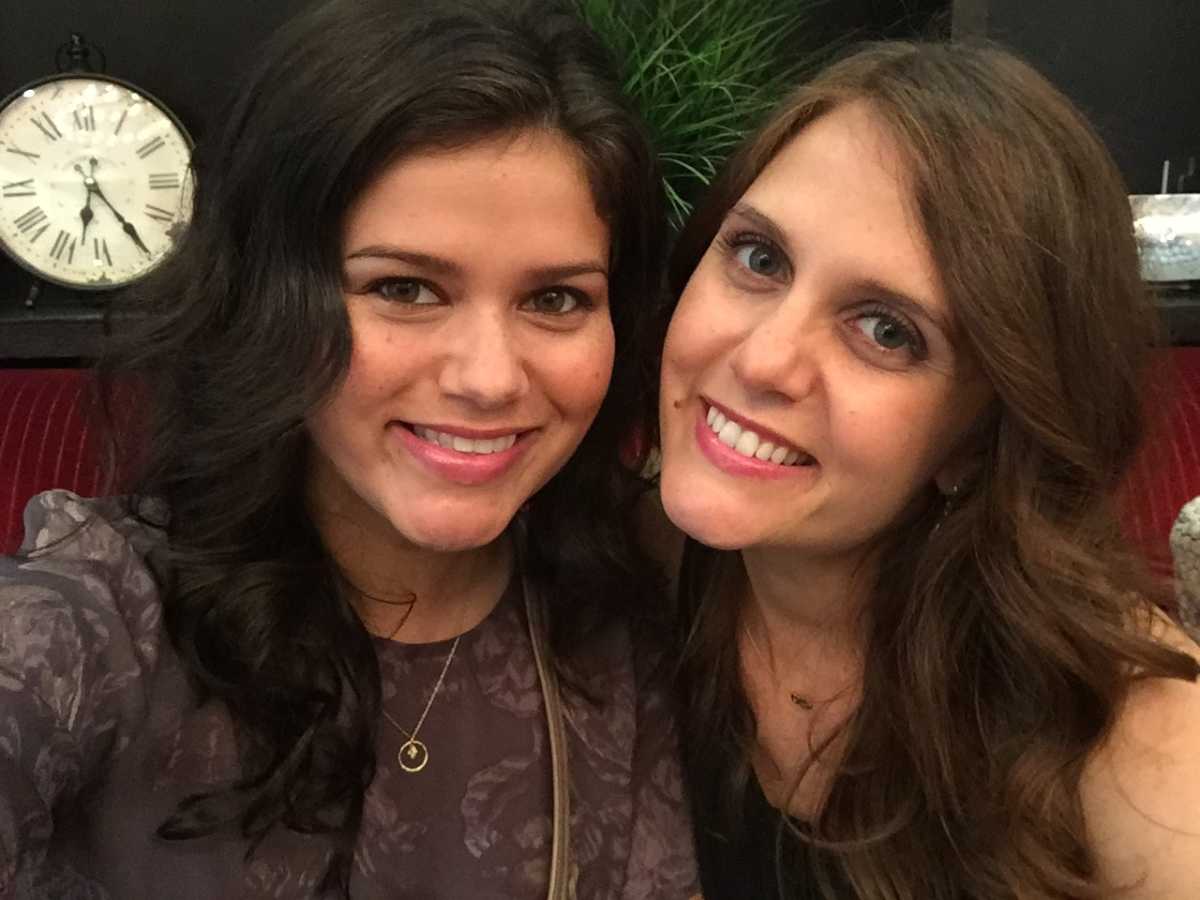
BY BILL EGBERT | Before she took on a leading role in establishing the September 11th Families’ Association and the 9/11 Tribute Center, Upper West Side resident Jennifer Adams-Webb was simply a New Yorker who headed downtown in the days after the attack because she wanted to help.
Though she had worked in the World Trade Center before 9/11 and still knew people who worked there, Adams-Webb was uptown when the Towers collapsed. The attack, however, took the life of one of her friends, and as rescue workers swarmed over the smoking pile she went down to the site to do what she could for them.
“Like many New Yorkers, I wanted to do something to help,” she explained, “so I went down there and started handing out food to the first responders.”
As she got to know the firefighters, police officers, and construction workers picking through the debris — and particularly the distraught family members waiting in vigil, hoping their loved ones would be found — Adams-Webb bonded with those most affected by the calamity. After seeing how difficult it was for family members of 9/11 victims not employed by the city to get information about the recovery mission, in February 2002 Adams-Webb decided to put her management skills to work creating a network to keep them informed. That seed eventually grew into the September 11th Families’ Association, which she now serves as CEO.
Working with former firefighter Lee Ielpi, who lost his firefighter son, Jonathan, in the Towers’ collapse, Adams-Webb helped turn the loose network of victims’ families into a powerful force in the rebuilding of Lower Manhattan.
“We worked to give the families a voice in what happened to the area,” she said of the group’s consistent mission to remind the many players working to rebuild the Trade Center site that it wasn’t just a disaster zone in need of recovery but the final resting place of thousands of people.
Adams-Webb got the idea for the 9/11 Tribute Center while working for the Families’ Association out of an office overlooking the fenced-off site that was still called Ground Zero even years after the dust had settled and a steady stream of tourists had arrived.
“Thousands came down there, but there was nowhere to go,” she said. “That’s when I got the idea for a place where people could learn about what happened.”

Leading the Tribute Center gave Adams-Webb a front-row seat to watch Downtown transform from a sterile business district, to a bleak disaster area, to a churning construction site, to a bustling neighborhood.
“When I worked in the Towers, everybody left at night,” she said. “Now you see people 24/ 7. It wasn’t that way before.”
Adams-Webb said that it was the residents — those who stayed and those who later came — who have remade Downtown even better than before.
“You can build all the infrastructure, but without the people and the community it doesn’t work.”
Though the 9/11 Tribute Center was created to fill a temporary void, now that the National September 11th Memorial and Museum is open, it’s finding a new purpose — and a new venue.
The Center has welcomed four million visitors in the 10 years since it opened at its current location at 120 Liberty Street, and it recently announced plans to move to a new location at 88 Greenwich Street in order to expand its mission, exhibits, and programs.
Adams-Webb said that the Center will continue to offer visitors to the World Trade Center area a place to connect with people from the 9/11 community — survivors, family members of lost loved ones, first responders, and people who live and work in Lower Manhattan — but the expanded venue will allow for a bigger personal gallery about the 2,973 people lost in the attack, and also better accommodate larger groups such as school field trips and package tours.
The goal is to open the new space in the spring of 2017, Adams-Webb said, but that depends on the foundation raising $7.5 million for construction and another $4 million for exhibition development.



































